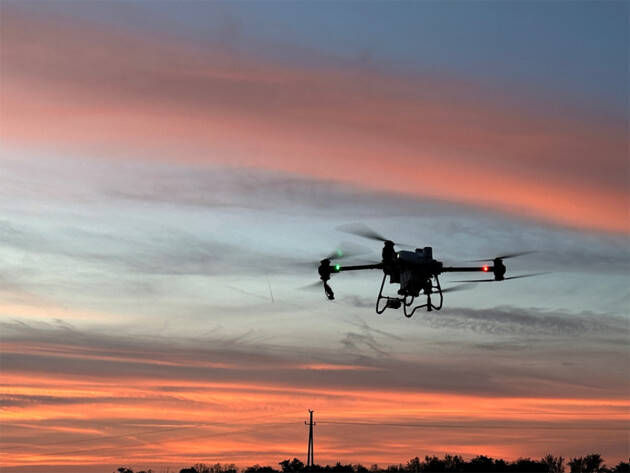In the ever-evolving world of logistics, the concept of delivery drones is reshaping how parcels reach their destinations. This technological innovation promises to transform the delivery landscape by enhancing speed, efficiency, and access. Whether transporting packages across dense urban environments or delivering essential goods to remote areas, delivery drones are set to revolutionize the parcel experience for businesses and consumers alike.
Understanding Delivery Drones
Delivery drones, often referred to as UAVs (Unmanned Aerial Vehicles), utilize advanced navigation systems and cutting-edge technology to autonomously transport packages. Unlike traditional methods, drones offer unprecedented agility, allowing for rapid dispatch and delivery without the limitations faced by ground transportation. This capability is particularly valuable in areas where infrastructure challenges, such as congestion or poor road conditions, hinder conventional delivery routes. As a result, drones serve as a vital component in addressing last-mile delivery issues.
Benefits of Delivery Drones
- Speed: Drones can bypass traffic and physical barriers, resulting in faster delivery times compared to traditional vehicles.
- Efficiency: Reduced operational costs for companies through automation and decreased reliance on human labor.
- Environmentally Friendly: As electric-powered vehicles, drones contribute to lessening carbon footprints compared to fuel-based delivery methods.
- Accessibility: Ability to reach remote or inaccessible areas, ensuring delivery of goods to underserved regions.

Implications for E-commerce
E-commerce continues to boom, and the demand for quick and reliable delivery solutions is ever-increasing. Delivery drones offer an ideal solution for fulfilling customer expectations of speedy service. With retailers like Amazon already experimenting with drone technology, the integration into mainstream logistics seems inevitable. The technical proficiency of drones in navigating urban landscapes provides a competitive edge, potentially becoming a standard feature among e-commerce platforms.
Challenges and Considerations
Despite the considerable advantages, implementing delivery drones comes with challenges. Regulatory frameworks need to be established to ensure safe airspace operation and to address privacy concerns. Additionally, public acceptance of drones buzzing overhead is crucial for widespread adoption. Robust security measures must be in place to protect package integrity during transit. Lastly, developing infrastructure to support ground-to-air transition points and maintenance facilities requires significant investment.
Future Outlook
The trajectory for delivery drones is promising, as advancements in AI and battery technology continue to extend their capabilities. Partnerships between drone manufacturers, logistics companies, and regulatory bodies are paving the way for a harmonized drone delivery ecosystem. Additionally, with increased demand for contactless delivery methods, propelled by global health considerations, drones could play a pivotal role in ensuring safe logistics solutions.
Conclusion
Embracing delivery drones as a staple in parcel logistics delivers a glimpse into a future where efficiency, accessibility, and environmental consciousness are harmoniously balanced. As the industry progresses, stakeholders must remain adaptive to technological developments while addressing regulatory challenges to unlock the full potential of drone-enabled delivery services.
FAQs
Q: How do delivery drones avoid obstacles during flight?
A: Delivery drones are equipped with advanced sensors and AI technology that enable them to detect and navigate around obstacles, ensuring safe and efficient delivery.
Q: Are delivery drones affected by weather conditions?
A: While weather conditions can impact drone operation, most are designed to handle moderate weather. Extreme instances like heavy rain or strong winds may require postponement of delivery.
Q: What happens if a drone encounters a technical issue during delivery?
A: Safety protocols are in place for such situations, including automated landing and alerts to the control center, which can dispatch support or alternative solutions to ensure package delivery.